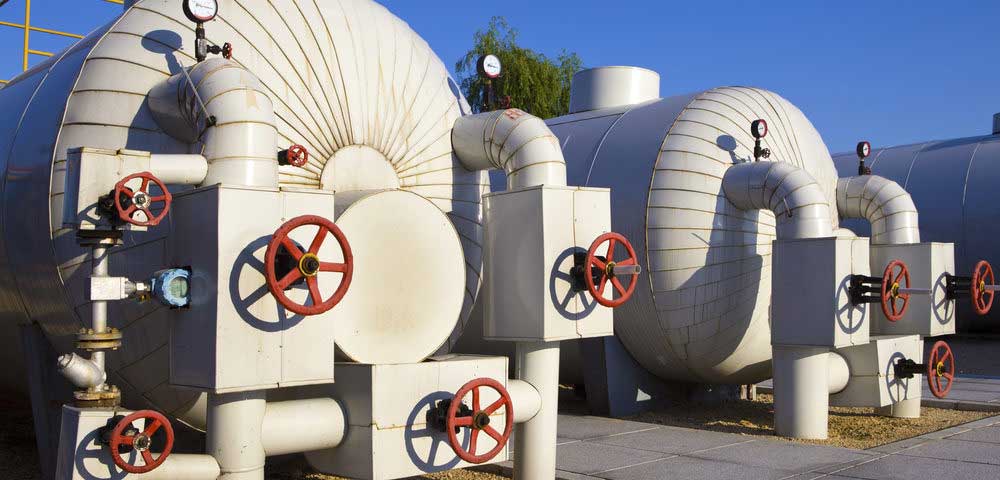The Boiler and Pressure Vessel Code (or BPVC) is an American Society of Mechanical Engineers (ASME) standard relating to the design, fabrication and inspection of boilers and pressure vessels.
The Need for Regulation
Following the invention of the steam engine in the 18th century, boilers were put to good use in many industries. However, throughout the 19th century there were thousands of boiler explosions in the United States and Europe, many of which resulted in substantial loss of life.
Most of these events received minimal publicity, but in 1905 a fire-tube boiler at the Grover Shoe Factory in Brockton, Massachusetts exploded with devastating effect. 58 people were killed and 150 injured. This resulted in the formation of a committee to draw up regulations for the construction of boilers.
Formation of the BPVC
The first ASME Boiler Code Committee was formed in 1911. The first edition of the BPVC was a 114 page volume published in 1915. The code has grown over the years to the 28 books we see today and is the largest standard issued by ASME Codes and Standards.
The code covers more than just boiler and pressure vessel design. It includes documents on materials of construction, welding and non-destructive testing. It is reviewed and updated on a regular basis by a panel of nominated volunteers who are experts in their respective fields. Committee members include mechanical engineers, as well as professionals from the fields of metallurgical and materials engineering, civil engineering, physics and chemistry.
Today, the ASME Boiler and Pressure Vessel Code is used in 49 of 50 states in the U.S. and throughout the majority of Canada. It has also been adopted outside of North America in over 100 countries worldwide.
